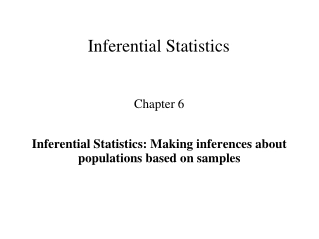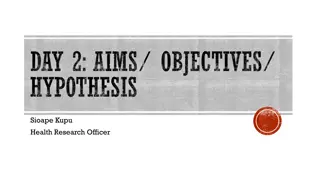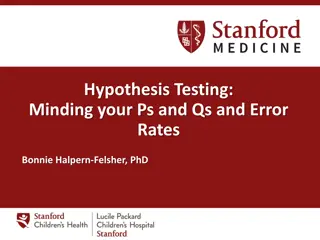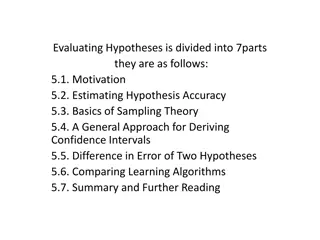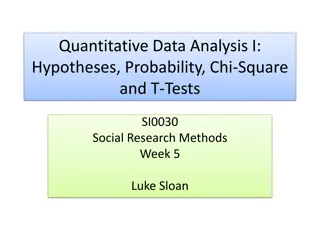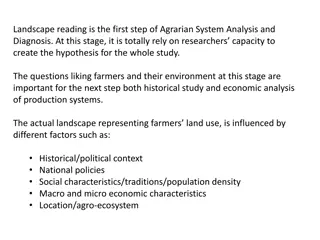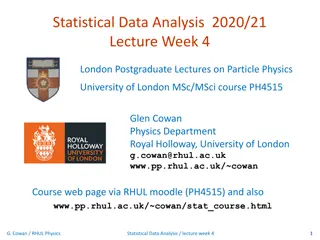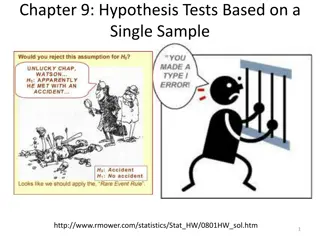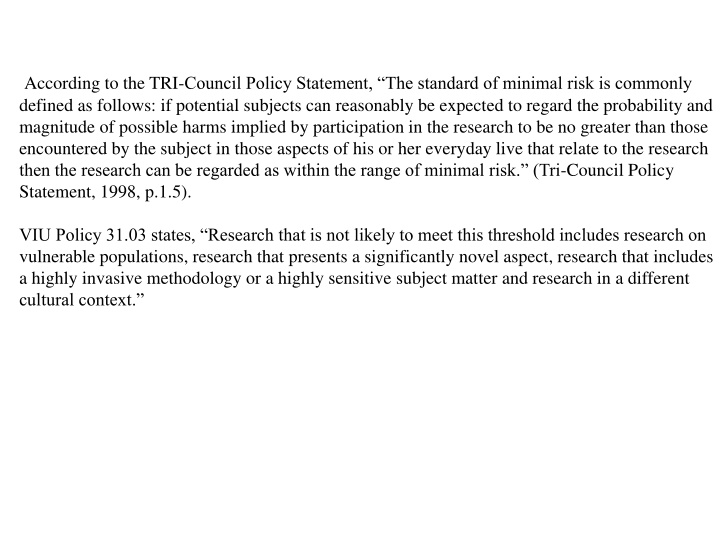
Minimal Risk in Research: Tri-Council Policy Statement Overview
Explore the concept of minimal risk in research based on the Tri-Council Policy Statement, including examples and criteria for determining research as within the range of minimal risk. Discover key considerations for conducting studies that meet minimal risk standards.
Download Presentation

Please find below an Image/Link to download the presentation.
The content on the website is provided AS IS for your information and personal use only. It may not be sold, licensed, or shared on other websites without obtaining consent from the author. If you encounter any issues during the download, it is possible that the publisher has removed the file from their server.
You are allowed to download the files provided on this website for personal or commercial use, subject to the condition that they are used lawfully. All files are the property of their respective owners.
The content on the website is provided AS IS for your information and personal use only. It may not be sold, licensed, or shared on other websites without obtaining consent from the author.
E N D
Presentation Transcript
According to the TRI-Council Policy Statement, The standard of minimal risk is commonly defined as follows: if potential subjects can reasonably be expected to regard the probability and magnitude of possible harms implied by participation in the research to be no greater than those encountered by the subject in those aspects of his or her everyday live that relate to the research then the research can be regarded as within the range of minimal risk. (Tri-Council Policy Statement, 1998, p.1.5). VIU Policy 31.03 states, Research that is not likely to meet this threshold includes research on vulnerable populations, research that presents a significantly novel aspect, research that includes a highly invasive methodology or a highly sensitive subject matter and research in a different cultural context.
Example of minimal risk: Asking participants to fill in an anonymous questionnaire in regards to their likes and dislikes around retail shopping malls versus stand-alone retail outlets. Participants will be fully informed of the nature of their involvement in the project - of all features of the research that reasonably might be expected to influence willingness to participate - with a consent form. Participants will be informed that they may discontinue their involvement at any time for any reason. If this is an interview or involves completing a questionnaire, the participants will be informed that they may skip questions if they feel uncomfortable for any reason. Participants will be aware that they may withdraw their data at any point throughout the research project. The study does not involve concealing information or deception. Information about the participants will not be obtained from a third party. 2
You and/or your research associates are not in a position of power vis--vis the participants (e.g. you are their professor). Coercion is not exerted upon participants to participate. Confidentiality of the participant's identity is positively ensured. You have ensured that you will be able to fulfill the promises you have made to the participants (e.g. there will be a place for participants to contact you). Publication or presentation of results will not interfere with strict confidentiality. The study does not involve physical distress or risk. The study does not involve mental distress or risk. The study does not involve vulnerable populations (e.g. children, people in institutions). Publication or presentation of results will not harm the participant - either directly or through identification with his/her membership group. Participants will be informed of data storage and/or disposal. Participants will be given an explanation and further information in a verbal and/or written debriefing at the end of their participation. The investigator ensures that the participants will have a contact name and number that can be accessed after participation in the study. The research does not take place in a different cultural context. 3
Hypotheses and disconfirmability
Step 1: Come up with a research area (based on the literature) or applied problem (based on experience Step 2: Read/Think/Discuss identify a research problem/controversy .some unknown or next step! Step 3: Formulate a testable question that address Step 2. Think about how you are going to operationalize it. 5
Step 4. Write out the Null & Alternative (aka Research) hypotheses in terms with how you are going to measure it .Operationalize it How do you figure that out what to do? Do what others have done before you!
Step 5: Design a Study Who are you going to recruit (can you randomly select) and how many (depends on #of groups)? What are you going to do to them and what are you going to measure? IV(s) & DV(s) Are the IV been used before is it strong enough to produce changes in the DV? Has the DV been validated? Shown to be reliable? Is gender an issue or is it something that might interfere with your results (control variable) Are there any other control variables? (time of day, age, natural differences, anxiety) How are you going to assign subjects Will the subjects be able to tell what you are doing or why? Is there anyway you can do it blind or double blind Apply for Ethics Do experiment 7
Step 6: Analyze the Results Compare the scores of the different groups and conditions using statistics .set alpha, calculate the probability of the observed results happening by chance .stated another way . Assuming the null hypothesis is true (no effect of the IV), what is the statistical likelihood of obtaining the observed result? If the chances of getting the observed results in less than 5% by fluke then you can conclude that it must not have been from chance but from something systematic .given the groups were treated exactly the same except for the IV) then it must be what caused the difference (there is always a chance of it occurring by error (1/20) can you live with those odds? 8
Step 4: Interpret the Results If the observed result could only occur by 5/100 we then reject the null hypothesis (implication is we accept the research hypothesis. If the chance of the observed result is greater than 5% then fail to reject the null hypothesis ergo there is no difference between groups Why do only reject or fail to reject the null? 9
Science works backwards A study doesn t prove anything You don t know for certain when you are right When we reject the null we really saying there is a real effect it could be explained my IV or perhaps some other explanations we might not even be aware of . When we fail to reject the null we are really say we can not reject the idea that the null is true (there is no effect)
Generating ideas for research Common sense Do opposites attract ? Observation of the world around you Norman Triplett s study of social facilitation Ivan Pavlov s discovery of classical conditioning Theories An organized collection of ideas that provides an explanation for certain phenomena Tested by making specific predictions (hypotheses) Reality .someone spends 5-30 years working in an area first being mentored during one s undergrad and then graduate school more practice through a post doc or two and then after all that training they become an assistant professor .or PI at every level we can come up with great ideas, keen insight etc but the probabilities of that are slim at first and get better over time 11

